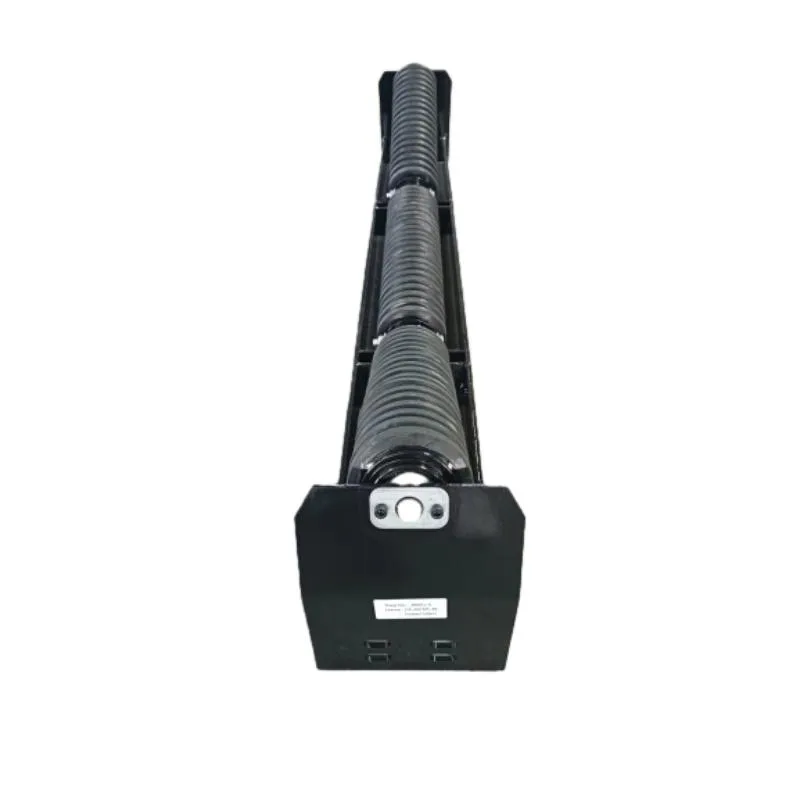 Afrikaans
Afrikaans  Albanian
Albanian  Amharic
Amharic  Arabic
Arabic  Armenian
Armenian  Azerbaijani
Azerbaijani  Basque
Basque  Belarusian
Belarusian  Bengali
Bengali  Bosnian
Bosnian  Bulgarian
Bulgarian  Catalan
Catalan  Cebuano
Cebuano  Corsican
Corsican  Croatian
Croatian  Czech
Czech  Danish
Danish  Dutch
Dutch  English
English  Esperanto
Esperanto  Estonian
Estonian  Finnish
Finnish  French
French  Frisian
Frisian  Galician
Galician  Georgian
Georgian  German
German  Greek
Greek  Gujarati
Gujarati  Haitian Creole
Haitian Creole  hausa
hausa  hawaiian
hawaiian  Hebrew
Hebrew  Hindi
Hindi  Miao
Miao  Hungarian
Hungarian  Icelandic
Icelandic  igbo
igbo  Indonesian
Indonesian  irish
irish  Italian
Italian  Japanese
Japanese  Javanese
Javanese  Kannada
Kannada  kazakh
kazakh  Khmer
Khmer  Rwandese
Rwandese  Korean
Korean  Kurdish
Kurdish  Kyrgyz
Kyrgyz  Lao
Lao  Latin
Latin  Latvian
Latvian  Lithuanian
Lithuanian  Luxembourgish
Luxembourgish  Macedonian
Macedonian  Malgashi
Malgashi  Malay
Malay  Malayalam
Malayalam  Maltese
Maltese  Maori
Maori  Marathi
Marathi  Mongolian
Mongolian  Myanmar
Myanmar  Nepali
Nepali  Norwegian
Norwegian  Norwegian
Norwegian  Occitan
Occitan  Pashto
Pashto  Persian
Persian  Polish
Polish  Portuguese
Portuguese  Punjabi
Punjabi  Romanian
Romanian  Russian
Russian  Samoan
Samoan  Scottish Gaelic
Scottish Gaelic  Serbian
Serbian  Sesotho
Sesotho  Shona
Shona  Sindhi
Sindhi  Sinhala
Sinhala  Slovak
Slovak  Slovenian
Slovenian  Somali
Somali  Spanish
Spanish  Sundanese
Sundanese  Swahili
Swahili  Swedish
Swedish  Tagalog
Tagalog  Tajik
Tajik  Tamil
Tamil  Tatar
Tatar  Telugu
Telugu  Thai
Thai  Turkish
Turkish  Turkmen
Turkmen  Ukrainian
Ukrainian  Urdu
Urdu  Uighur
Uighur  Uzbek
Uzbek  Vietnamese
Vietnamese  Welsh
Welsh  Bantu
Bantu  Yiddish
Yiddish  Yoruba
Yoruba  Zulu
Zulu conveyor idler rollers
The Importance of Conveyor Idler Rollers in Material Handling Systems
Conveyor systems are an integral part of modern industrial processes. They are used in a variety of settings, from manufacturing plants to warehouses, and play a crucial role in transporting materials efficiently. One of the most essential components of conveyor systems is the idler roller. Understanding the function and significance of conveyor idler rollers can help businesses optimize their operations and ensure the longevity of their equipment.
What are Conveyor Idler Rollers?
Conveyor idler rollers are cylindrical components that support and guide the conveyor belt. Positioned along the length of the conveyor system, these rollers are crucial for maintaining belt alignment and facilitating smooth movement. Idler rollers are typically made from durable materials such as steel or plastic, designed to withstand heavy loads and resist wear and tear from constant use.
There are various types of idler rollers, including troughing idlers, flat idlers, and impact idlers. Troughing idlers, which are designed to carry materials that are loaded onto the belt, have a slight inclination that helps keep the load centered and prevents spillage. Flat idlers, on the other hand, are used when transporting lighter loads or when the conveyor runs empty. Impact idlers are specifically designed to absorb the shock of heavy loads, protecting both the conveyor belt and the frame from premature wear.
The Role of Idler Rollers in Conveyor Systems
The primary function of idler rollers is to support the conveyor belt and ensure that it runs smoothly and efficiently. By maintaining the proper tension and alignment of the belt, idler rollers help prevent potential issues such as belt misalignment, sagging, and excessive wear. These problems can lead to costly downtime and repairs if not addressed promptly.
conveyor idler rollers

In addition to supporting the belt, idler rollers also play a significant role in reducing friction and wear between the belt and the supporting structure. This reduction in friction is crucial for maintaining energy efficiency, as a smoother operation requires less power to drive the conveyor system. Over time, worn-out or damaged idler rollers can lead to increased friction, resulting in higher energy consumption and operational costs.
Maintenance and Replacement of Idler Rollers
Proper maintenance of conveyor idler rollers is essential for ensuring the longevity and efficiency of conveyor systems. Regular inspections can help identify signs of wear, such as cracks, excessive play, or unusual noises. Early detection of these issues can prevent more significant problems down the road and reduce downtime.
When replacing idler rollers, it is essential to select components that meet the specifications of the conveyor system, including load capacity and environmental conditions. The use of quality materials and components can help minimize the likelihood of premature failures and enhance the overall performance of the conveyor system.
In today’s competitive environment, companies cannot afford to overlook the importance of efficient material handling systems. Investing in high-quality idler rollers and ensuring their proper maintenance can lead to significant improvements in productivity and cost savings. By maximizing the efficiency of conveyor systems, businesses can improve their bottom line and enhance their operational capabilities.
Conclusion
Conveyor idler rollers may be small components in the grand scheme of material handling systems, but their role is undeniably significant. They ensure the smooth and efficient operation of conveyor belts, reduce friction, and help maintain proper alignment. To keep conveyor systems running at their best, businesses must prioritize the maintenance and timely replacement of idler rollers. By doing so, they can enhance productivity, minimize operational costs, and ultimately improve their overall performance. Investing in quality idler rollers and adopting a proactive maintenance strategy will pay dividends in improved efficiency and reduced downtime, which are critical in today’s fast-paced industrial landscape.
-
Revolutionizing Conveyor Reliability with Advanced Rubber Lagging PulleysNewsJul.22,2025
-
Powering Precision and Durability with Expert Manufacturers of Conveyor ComponentsNewsJul.22,2025
-
Optimizing Conveyor Systems with Advanced Conveyor AccessoriesNewsJul.22,2025
-
Maximize Conveyor Efficiency with Quality Conveyor Idler PulleysNewsJul.22,2025
-
Future-Proof Your Conveyor System with High-Performance Polyurethane RollerNewsJul.22,2025
-
Driving Efficiency Forward with Quality Idlers and RollersNewsJul.22,2025





























